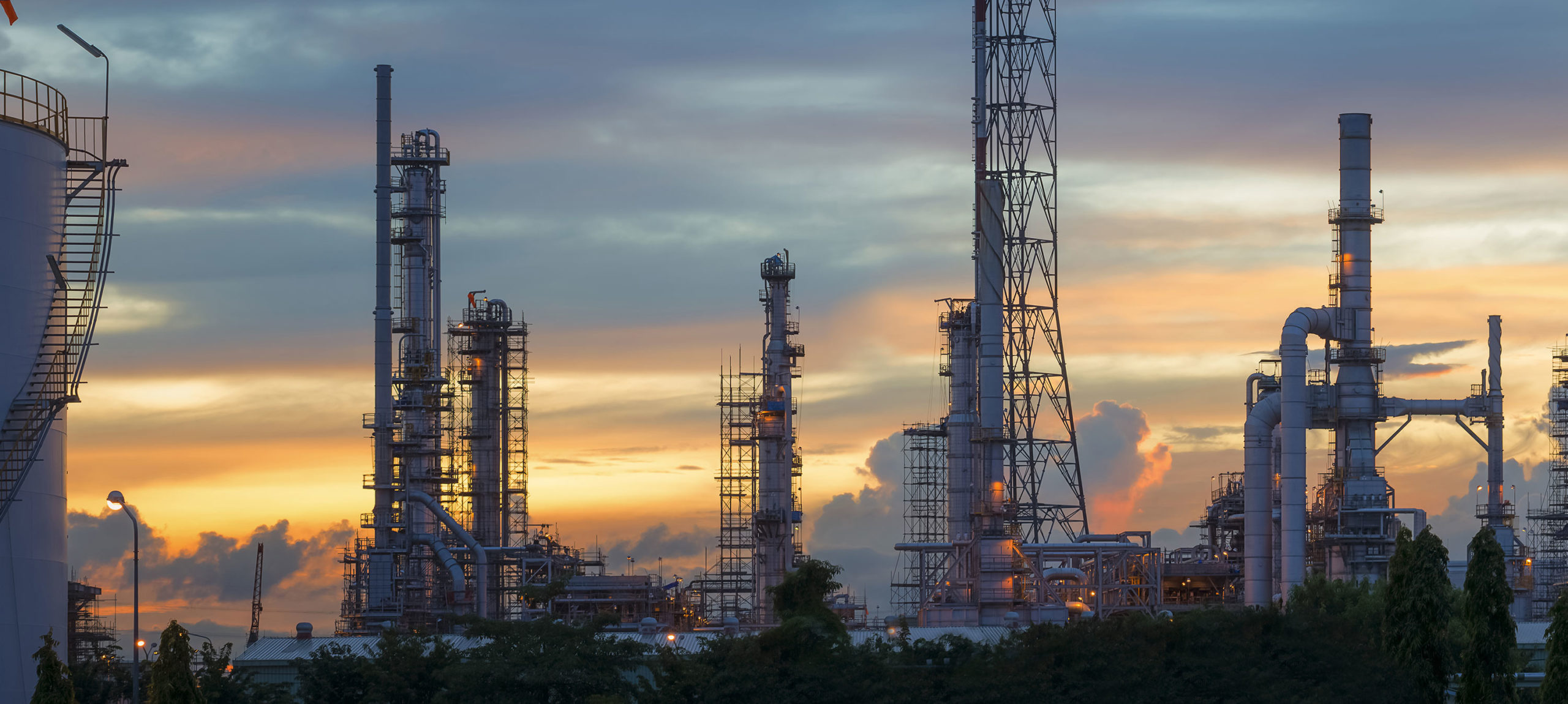Downstream operators benefited from low oil prices during 2015, seeing margins reach some of the highest levels since the 2008 financial crash. Expanding margins provided a much needed boost to profits in the low oil price environment, particularly for large integrated operators. However, 2016 has seen margins squeezed by a combination of an oversupply of crude products and a large crude storage backlog – putting pressures on product prices. Consequently, utilisation – pushed higher by wide margins in 2015 – has fallen in many regions, providing opportunities for MMO providers. Furthermore, capacity additions coming online over the forecast period provide robust long-term drivers for the downstream maintenance sector.

Global Total Maintenance Expenditure 2012-2021
Source: World Downstream Maintenance Market Forecast 2017-2021
Findings from Douglas-Westwood’s (DW) World Downstream Maintenance Market Forecast 2017-2021 show the outlook for downstream maintenance expenditure in North America to be particularly positive, with spend expected to reach $24 billion (bn) by 2021 – $1.3bn higher than in 2014. LNG export terminals are the predominant driver of growth in the region, with LNG export capacity expected to increase from just 2 mmtpa in 2015 to 82 mmtpa by 2021, while import capacity will hold steady at 144 mmtpa. The growth in LNG in the region will drive terminal maintenance expenditure to account for 8% of North American spend over the forecast period, up from 4% over 2012-2016.
Australia’s LNG boom will also have a marked effect on downstream maintenance expenditure, particularly during a period where a number of refinery closures have taken place in the region. Total expenditure in Australasia over 2017-2021 will be 71% higher than over the previous five-year period. However, DW does not expect new LNG capacity additions beyond 2017 – maintenance spend will be driven by the huge volume of additions seen over 2014-2017.
Refineries are forecast to account for 32% of global expenditure over 2017-2021. Capacity additions are centred in the Middle East – where NOCs are pouring Capex into both green and brownfield developments. DW expects capacity within the region to increase from 10.6 mmbbl/d in 2016 to over 14 mmbbl/d by 2021. Significant additions in Iran, Iraq and Saudi Arabia are expected as national governments move to refining crude domestically to increase export values and reduce foreign dependence.
Fundamentally, both the long and short-term drivers for the downstream maintenance sector are positive. In the short-term, falling utilisation and an oversupplied product market increases the appetite for maintenance spend, while in the long-term, capacity additions will provide an ever-increasing population requiring operating expenditure.
Matt Adams, [email protected]
LinkedIn




